Sous Vide Cooking Guide
Sous vide is a cooking technique that has hit the mainstream in recent years. We love this technique because it allows you to perfectly cook meat. This is our guide to getting started with sous vide cooking.
Jump Ahead To
Overview
The idea behind sous vide is that you heat food in a water bath to the exact temperature you want that food to reach. So if you want to serve a medium rare steak at 130 degrees you heat the water to that temperature and the steak will cook exactly to 130.
Food is placed in a sealed bag and dropped into the heated water. A nice feature of sous vide cooking is that you can leave it in the water for a long period of time and it will not overcook.
Until the past decade, sous vide was mainly limited to high-end restaurants that had high-end equipment. It was a way for restaurants to insure their meat was cooked precisely every time.
In recent years there have been all kinds of sous vide systems released for the home market. However, the basic concept is simple. You need a device that can heat water to a precise temperature. Luckily their are all kinds of options starting at very reasonable prices.
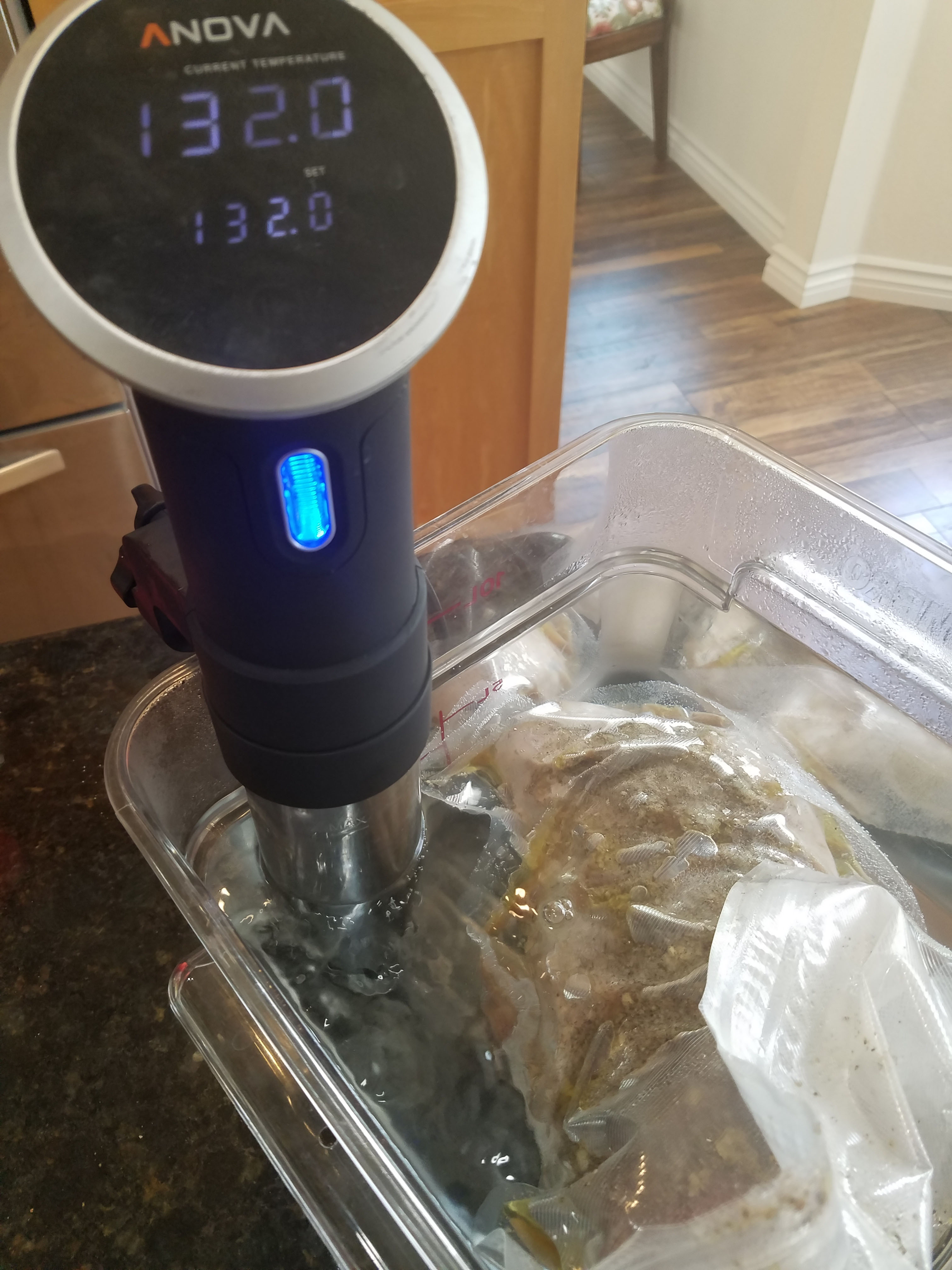
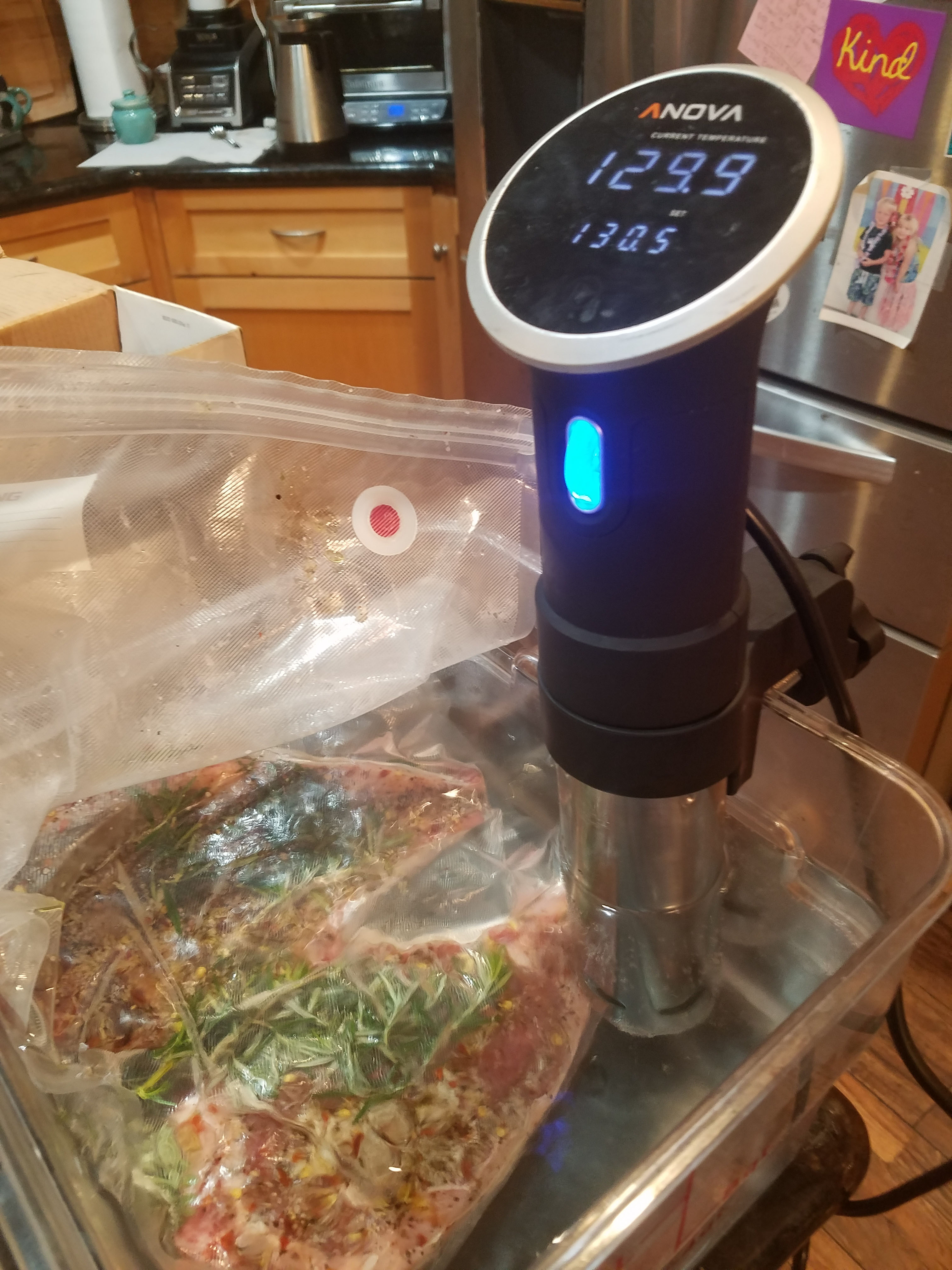
Equipment
There are two main types of sous vide machines. There is the basic immerision circulator and the more expensive sous vide oven. We have an immersion circulator and have no desire to get a sous vide oven.
Immersion Circulator
We have been cooking sous vide for several years now. We bought an Anova Sous Vide Precision Cooker several years ago for around $180. Now prices on certain models of Anova and other sous vide machines have dropped to $100 or less.
Anova and Joule are probably the premium sous vide cooker brands. These companies specialize in immersion circulators. These are fairly small devices that focus on heating the water to a set temperature.
Our specific model is still on the high-end at around $200. It has features like Bluetooth and Wi-Fi control so you can set the cooker from your smartphone. We have never used these features.
If we were buying a new sous vide cooker we would stick with Anova but I might consider the less expensive $100 model. It appears the main difference is that it does not have as many Wi-Fi features and it is less powerful, so it takes longer to heat the water.
Most sous vide recipes are designed for slow cooking and take an hour or more. Personally I am not too concerned about it taking to long to heat the water. The $100 model is the number one rated sous vide machine on Amazon, but I would note that $200 is not that much to spend on something as useful as a sous vide machine.
NOTE: Models are constantly changing so we pulled up below searches to always highlight the latest top products and prices.
Sous Vide Oven
With an immersion circulator you need a large pot or other container that you can fill with water. A sous vide oven is an all-in-one system with its own container. Most of these sous vide ovens cost significantly more, from $200 to $500 or more.
Personally we have no desire to own a sous vide oven. For one it is another bulky appliance taking up space. You can buy a nice plastic container for around $20 and it serves the same purpose.
If you want a sous vide oven some of the highest rated products include the Tribest Sousvant, the Sous Vide Supreme Demi and the Oliso Pro.
Accessories

There are all kinds of accessories you can buy for sous vide cooking. In our view it mainly comes down to bags for sealing the food and containers.
When we first started with sous vide we bought a vacuum sealer to suck the air out of custom food sealing bags. We have gone through two vacuum sealers that have proved more trouble than they are worth.
Without a vacuum sealer we squeeze the air out manually. This is called the immersion or water displacement method. You place the bag in water and squeeze the air out. You can then clip the bag to the side of the container. There are all kinds of videos online, but we have never had a problem.

The issue with not getting the air out means the bag will float and the food will not cook evenly. One thing we have found very helpful is using binder clips to hold the bag in place. We have also used plates to weigh food down.
The Anova website has all kinds of hacks for helping with sealing bags so they don’t float.
If you do not want to try these do it yourself methods there are some highly rated sous vide racks from companies like Lipavi.
Bags
The biggest ongoing expense for sous vide will be the sous vide bags. Most of these bags are described as reusable but we have found that after 2 or 3 uses they start to get pretty worn.
We invested in the Waring Pro bag and sealing system when we first bought our Anova cooker. We still have bags but our supply is running low. We will soon be reordering.
It is possible to use heavy-duty Ziploc style bags. However, we do not recommend this. We have had these bags burst on us. If you do use regular plastic bags you should double bag your food.
When we buy new bags we may look at purchasing a kit that comes with bags and a hand pump. These are inexpensive and you get around 30 bags for $15 to $25.
You do need a variety of differently sized bags. Most of the kits do not have the larger 2-gallon size which is essential for cooking roasts and large meat. We bought the 25-pack of Waring Pro 2-gallon bags which is around $30.
We finally just invested in buying some reusable silicon bags. These bags cost around $10 each but are designed to be reused. They get good reviews and are said to be more environmentally friendly.
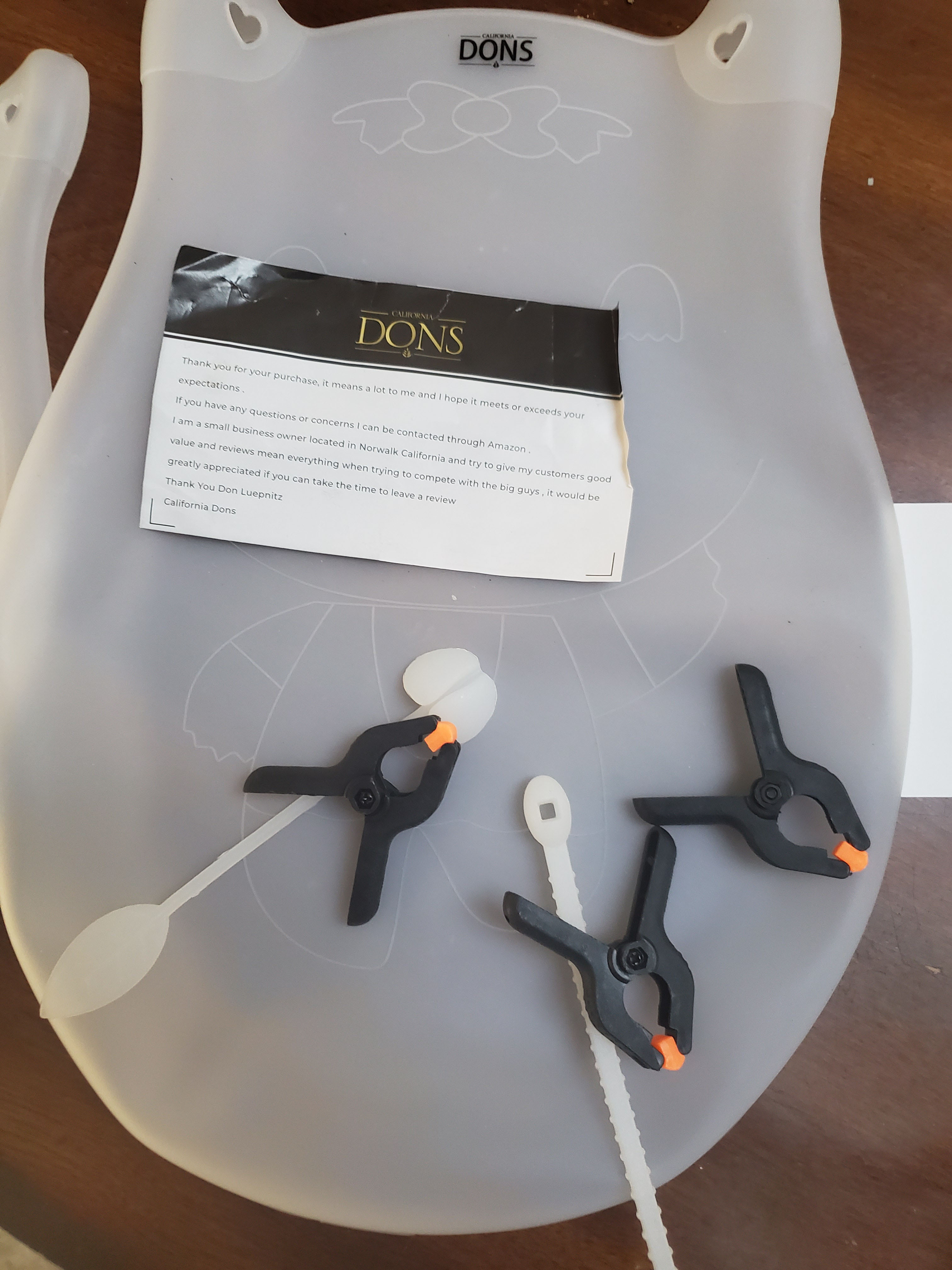
My main concern with these bags is you do not seal them and I am worried about cleaning. However, the reviews are positive, so I made the investment. I looked at Platinum Pure, California Dons and SioChef. I bought the California Dons because they offer a 2-gallon bag and get excellent reviews.
So far we have only tried it once. However, this was for our 6 pound carnitas which is not only messy but barely fit in our 12-quart container. I was very happy. It cleaned beautifully in dishwasher and it even came with clips to attach to the container.
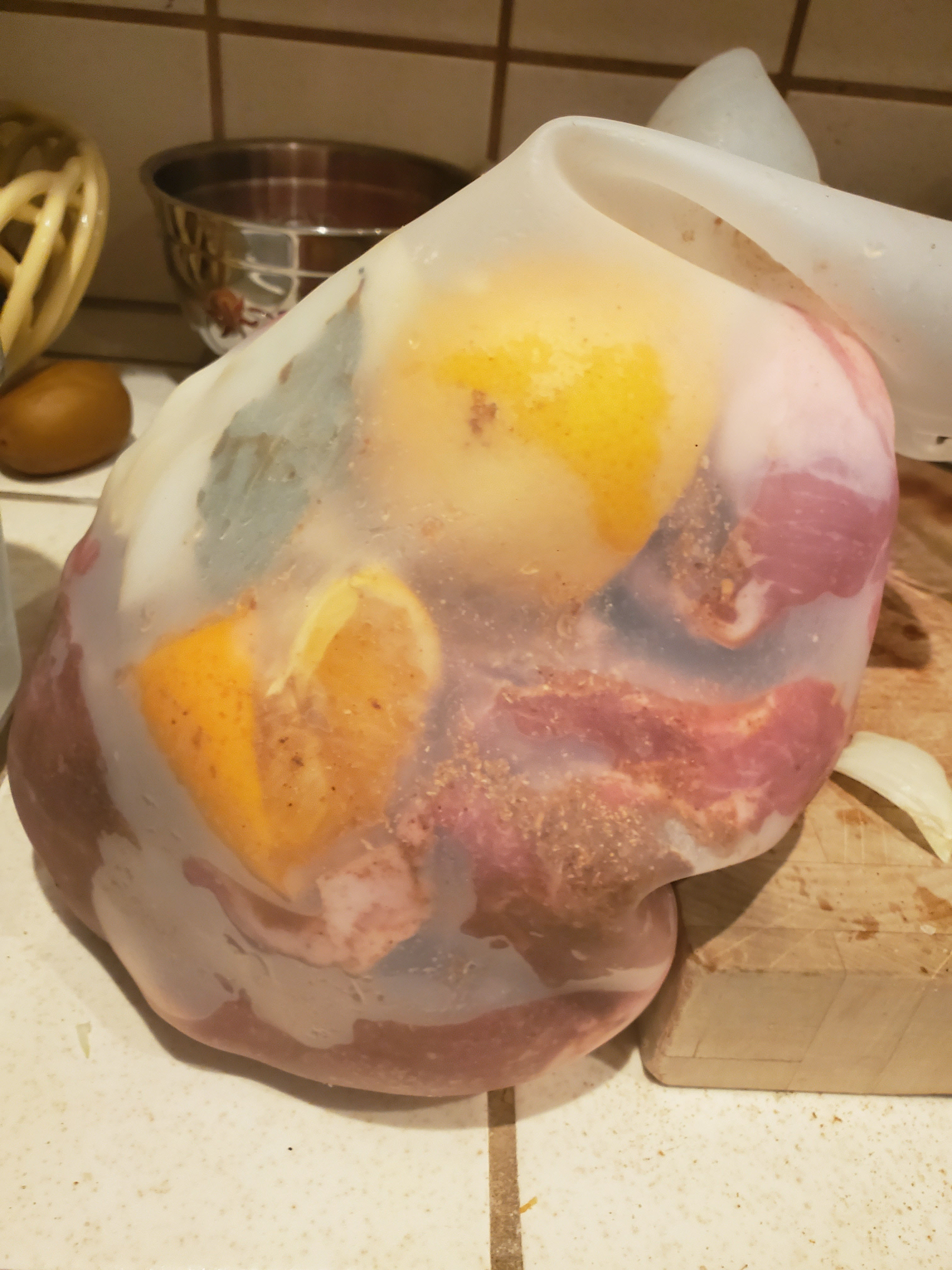
Containers
When we first started cooking sous vide we just used a large pot. We quickly decided to invest in a 12-quart Cambro container for about $15. This has worked great and is large enough for most everything we cook.
Another well regarded brand is Lipavi. With these containers you can also buy a lid that has a pre-cut hole for your sous vide device.
One issue with sous vide cooking is that larger cuts of meat need to be in the bath for a day or more. There will be significant evaporation and you need to add water on a regular basis. A lid helps prevent that evaporation. We have not invested in a lid, but see how one could come in handy.
Cooking Times and Temperatures
Sous Vide is all about cooking meat to the exact temperature you desire. Not only is the meat cooked to the proper temperature but it is the same temperature throughout. So you no longer have a steak that is rare in the middle and well done on the edges.
You can also cook meat to a lower temperature using sous vide without having to worry about bacteria. Science Direct has a very detailed article on the science of sous vide. The main point is that most meat can be pasteurized and bacteria is killed by holding it at a certain temperature for a certain period of time.
For example, the article says that a 1-inch hamburger patty takes 2 and a half hours at 130 degrees to cook to a level that will kill any e coli that is present. Most recipes call for cooking to a much higher temperature because without sous vide it is not practical to hold meat at that temperature for that long a period.
Under USDA guidelines it is recommended to cook poultry to 165 degrees. Using sous vide you can cook a chicken breast to as low as 140 degrees. The key point is that it needs to stay at that 140 degree temperature for at least half an hour to become fully pasteurized.
To make sure food is pasteurized, most sous vide recipes call for cooking meat at least an hour. We tend to err on the safe side and aim for at least two hours. If the meat is frozen, we add an hour.
With smaller cuts of meat like steak, chicken breast or pork chops you generally don’t want to leave the meat in the sous vide bath longer than 4 hours. However, for larger roasts you need to cook the meat for 24 hours or more.
One issue with sous vide cooking is that the meat comes out looking ugly. Most recipes recommended searing the meat on a grill to make it look more attractive. We always do this.
Because searing the meat can raise the temperature you don’t want to do it for too long. We like to cook the meat to 5 degrees under our desired temperature to account for the sear. For example, with steaks we sous vide around 130 degrees for medium rare.
Anovo has a great guide to sous vide cooking temperatures and times. All our recipes indicate our preferred cooking temperature, but this is a matter of preference.
Our family likes steak on the medium rare side so we go for 130 degrees. Chicken breast we will go for 145 degrees. Originally we cooked it at 150 degree, but we have gotten comfortable with the lower temperature. Pork chops we will usually do at 145 degrees but have gone as low as 140.
There is of course an issue when you have family members that won’t meat more well done than others. This is actually not too much of a problem as you can just cook it longer in the searing process.
Our Preferred Times
- Steak: 130 degrees for 2 hours
- Chicken Breast: 145 degrees 2 hours
- Pork Chops: 145 degrees for 2 hours
- Beef Roast: 135 degrees for 30 hours
- Pulled Pork Shoulder: 170 degrees for 24 hours
- Bone-in Turkey Breast: 140 degrees for 8 hours
Recipes
We have an entire article with our favorite recipes that we add to on a regular basis. Sous vide has changed the way we cook steak, chicken and pork. However, we also use it for large roasts. Our turkey breast recipe calls for finishing by smoking the turkey on a Big Green Egg.

Sous vide has gone mainstream but many of our guests are unfamiliar with this technique. We get lots of amazed comments on how we were able to cook the meat so perfectly. I wish I could say I am an expert chef, but in this case, it is all about the equipment.
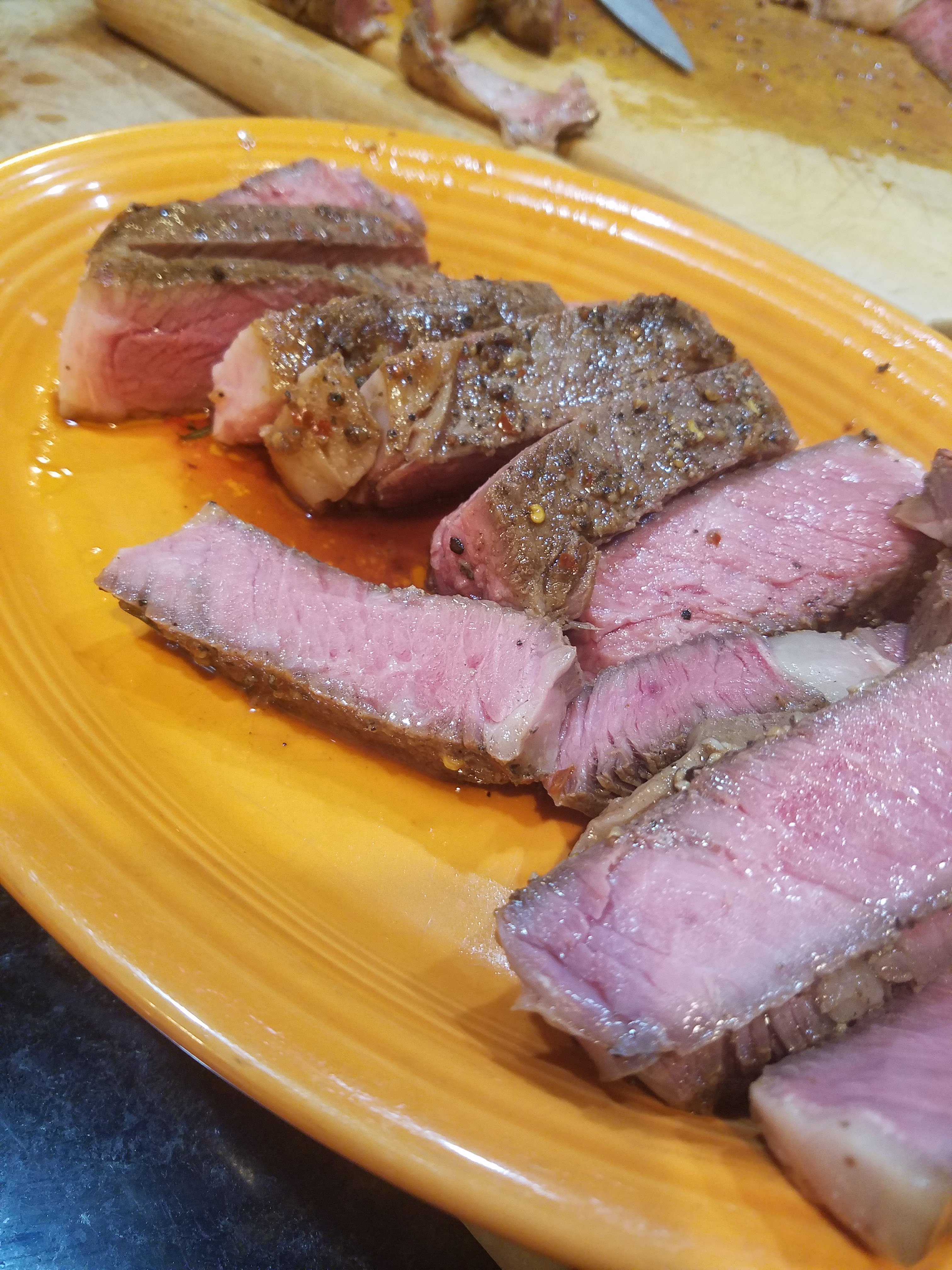
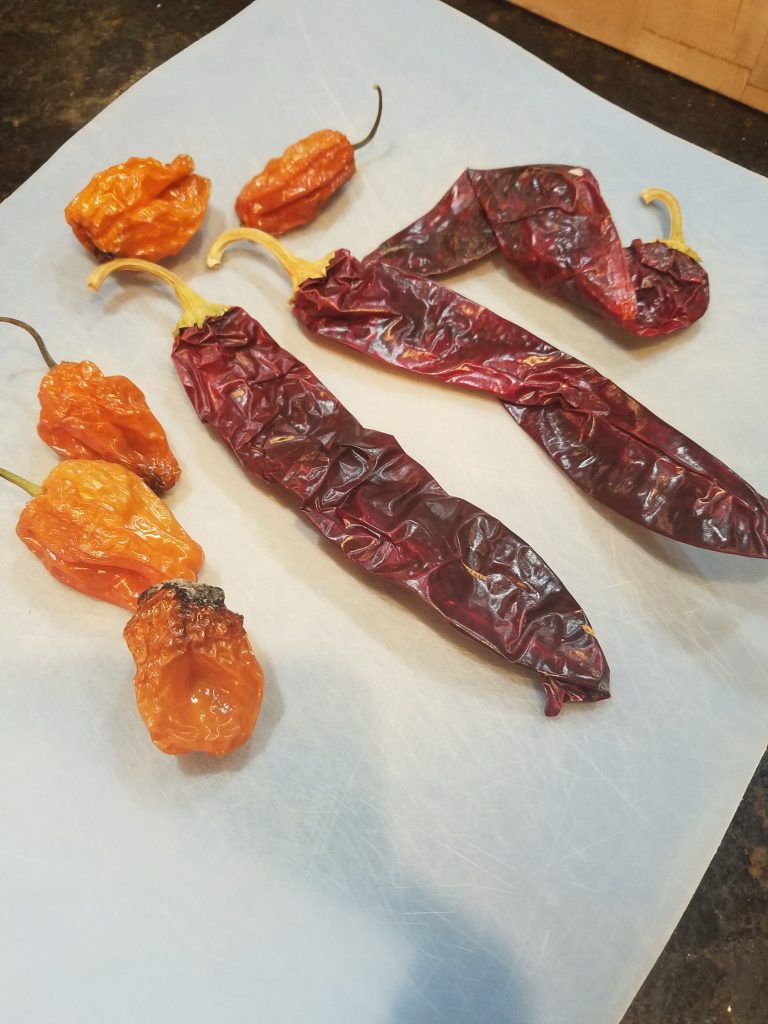
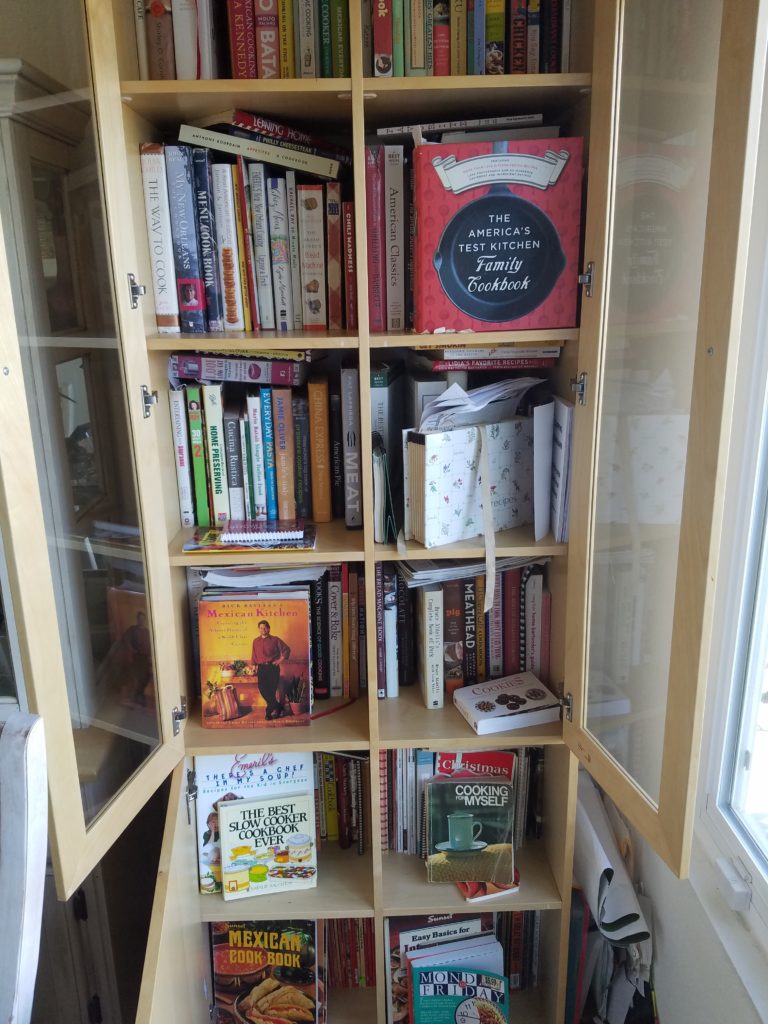
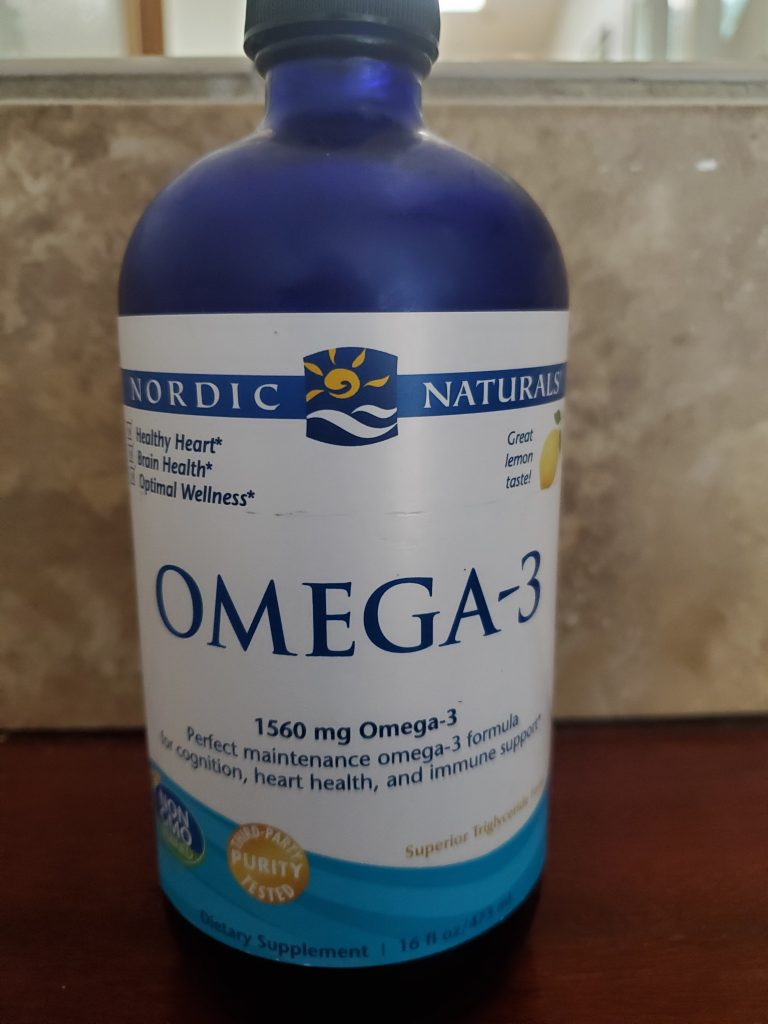
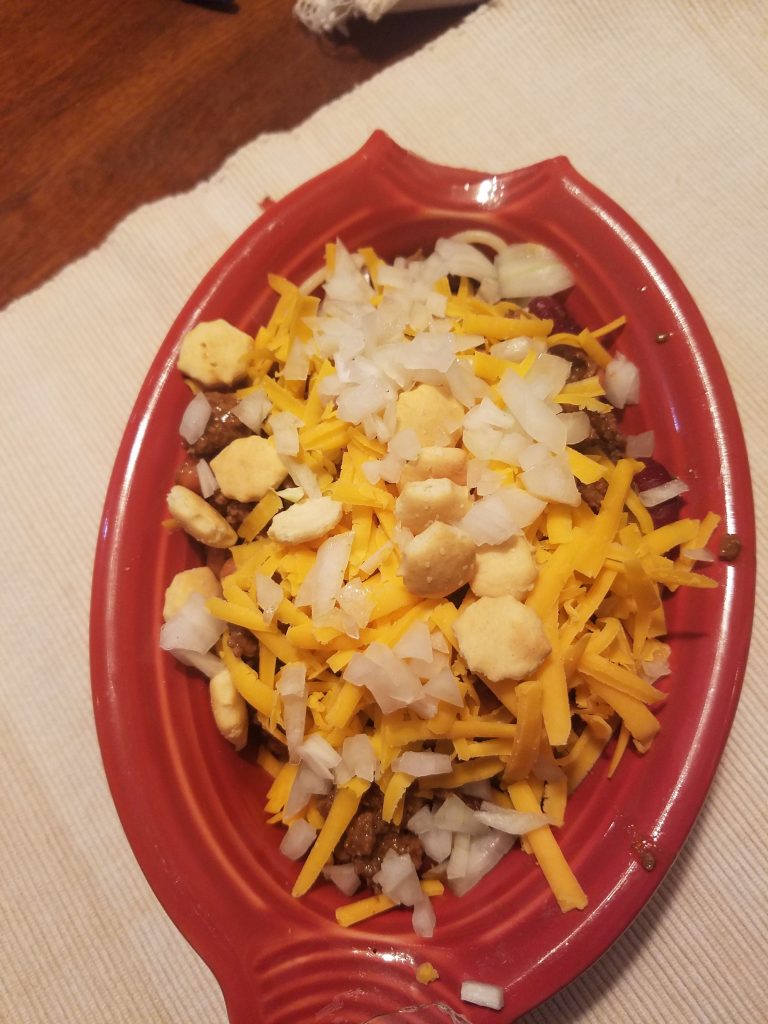
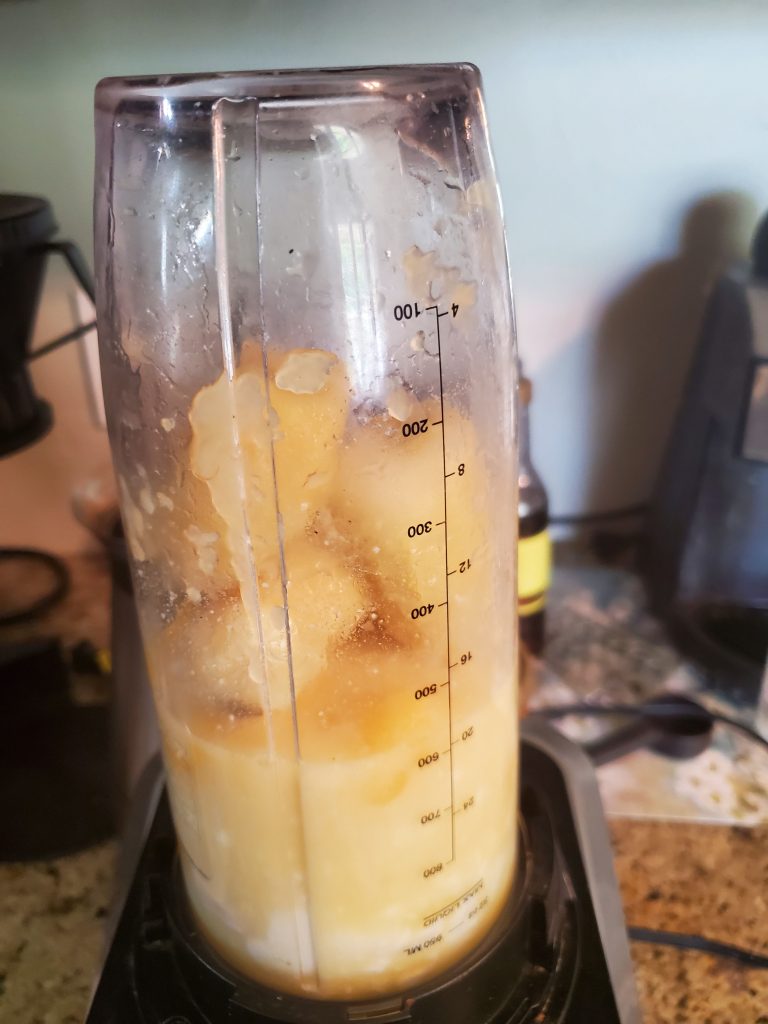
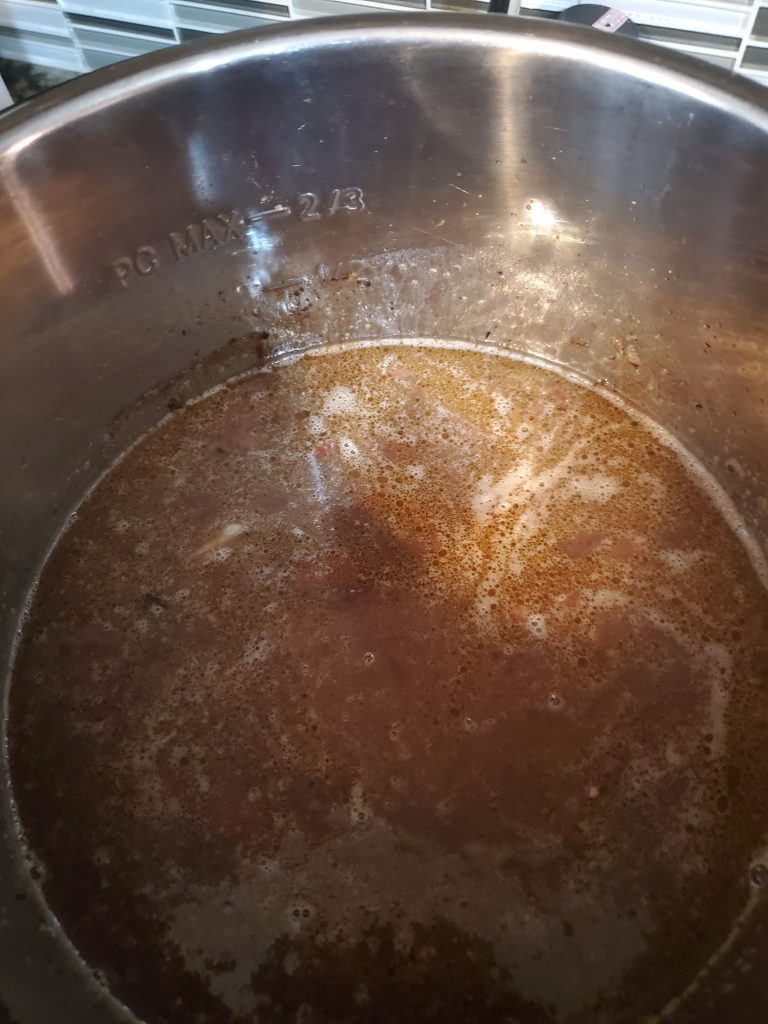
10 Comments
Comments are closed.